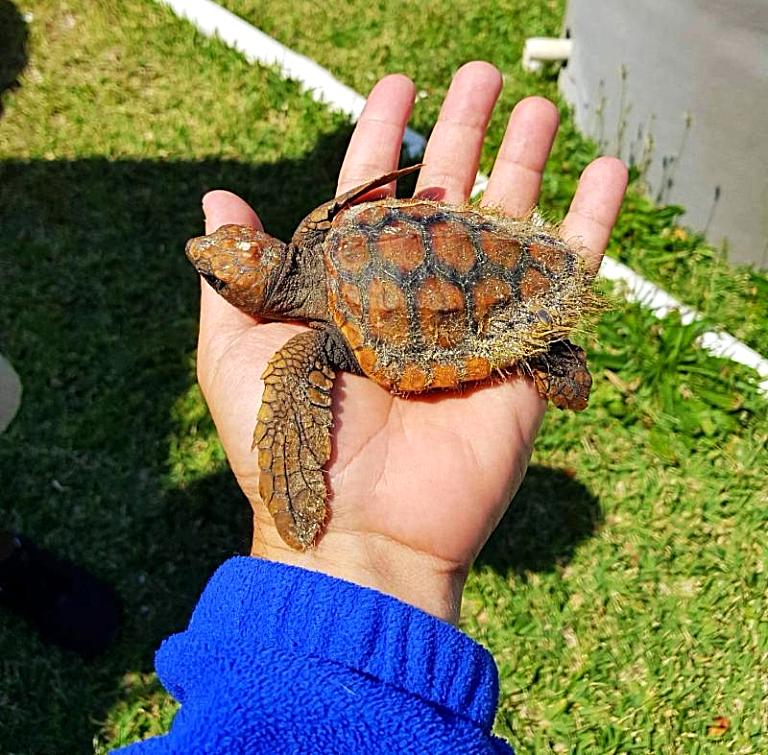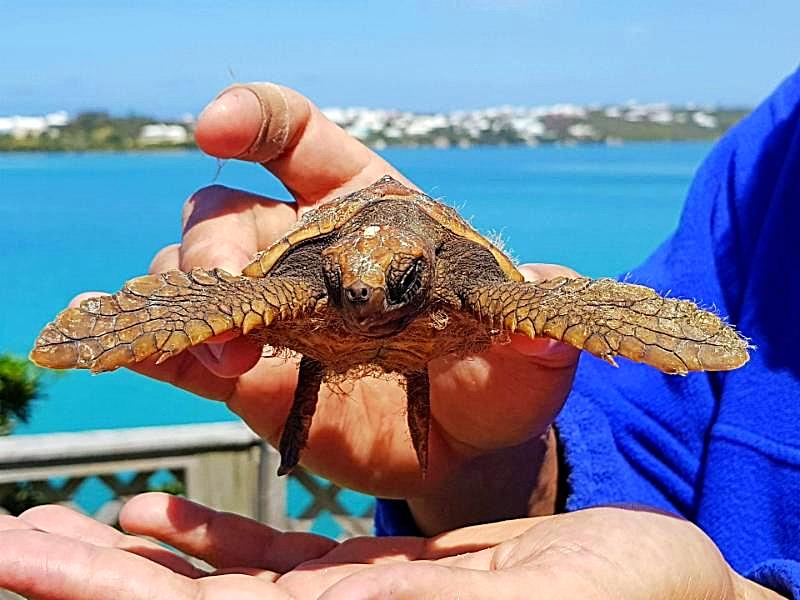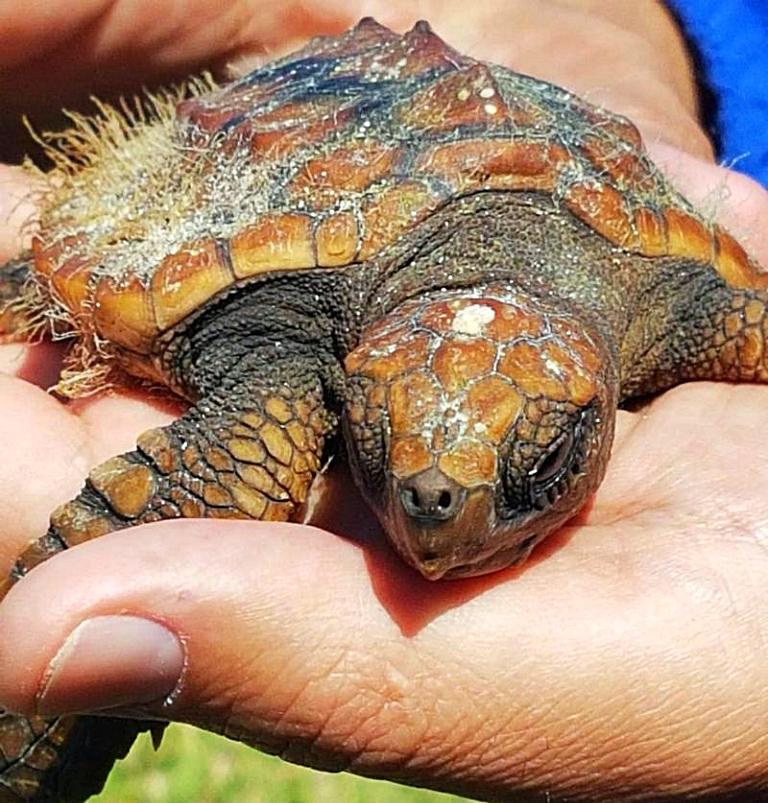Recent News
Goodbye to CliffyThursday, October 23, 2014
There’s a longtail named Cliffy exploring the world, thanks to the efforts of a Paget couple
BAMZ Opens Following Hurricane Gonzalo
Monday, October 20, 2014
The Bermuda Aquarium, Museum and Zoo [BAMZ] remains open following Hurricane Gonzalo’s visit to Bermuda over the weekend, following its midday opening yesterday [Oct 19] as the island worked to repair the damage caused by the storm.
Aquarium and zoo open for visitors
Monday, October 20, 2014
The Bermuda Aquarium, Museum and Zoo (BAMZ) is open for business — and has been since Sunday, in spite of sustaining some damage over the weekend from Hurricane Gonzalo.
Aquarium gets overdue facelift
Monday, October 13, 2014
BAMZ will be renovating their roof and their tanks to the Aquarium. The building, which was orginally constructed in the 1920's, will be getting an update and makeover in the next six months, to improve the facility. Wildlife from the tanks have been moved to holding tanks outside.
Injured turtle released into wild
Thursday, October 09, 2014
A turtle that had to have its flipper amputated after getting tangled up in fishing line has been released back into the wild.
About
GovernanceAbout Us
Newsletter
Latest News
Gift & Bookstore
Contact
General Inquiries
info@bzs.bm
Latest News
All the latest updates and news from the Bermuda Aquarium, Museum, and Zoo, one of Bermuda's leading visitor attractions!
Excerpt from WILD News May 2018

This is Sheldon, a juvenile loggerhead turtle. Between December and March juvenile sea turtles (loggerheads, hawksbills and green sea turtles) will be swept up past Bermuda as they drift with their transient home of Sargassum. Sargassum is brown algae found in the Atlantic Ocean that forms dense floating masses called rafts which provide shelter, transport and food for many organisms. During this stage of their life (post hatchling), turtles are carried around with the currents. The Sargassum provides food such shrimp, tiny crabs and fish. Sea turtles eat whatever floats by and this often gets them into trouble. The Sargasso Sea is located in the North Atlantic Gyre and collects lots of microplastics. Sea turtles are not picky eaters and may eat the plastics This can cause an impaction of their digestive tract which can be life-threatening.


As they pass by Bermuda, they may be washed ashore by a winter storm or get picked up by birds that later drop them. As a result, these little critters can end up on one of our beaches or dropped amongst the rocks. The Wildlife Rehabilitation Department at BAMZ sees one or two post hatchling sea turtles a year. These post hatchlings are three to four inches in length and tend to be thin and exhausted from their journey. Because of their tiny size, they may have sustained injuries from predator attacks. We monitor them and give them time to rest and regain strength. Any injuries are treated and an appropriate amount of time is given to heal. We wait until the water warms up and we see large rafts of Sargassum returning offshore (May or June) before releasing them. By this time they have grown six to eight inches long. The release is done offshore so they can pick up the currents under a Sargassum raft and continue on their ocean journey. They will return to Bermuda again in 3-4 years as they move from their pelagic lifestyle to the reef shelf.

The current juvenile loggerhead was found on the beach at Willowbank on March 30, 2018. It appears healthy and is gaining weight. We hope to get it back out to the big blue in the near future. Note the tank it is currently in is actually the perfect spot for it at the moment. It would normally be in the open ocean all day in a vast sea of blue, and only given shelter by a Sargassum raft. The blue background is exactly what it would be seeing in the wild. Also, we can't tell the sex of the turtle at this age without a blood sample, so the sex remains unknown.



